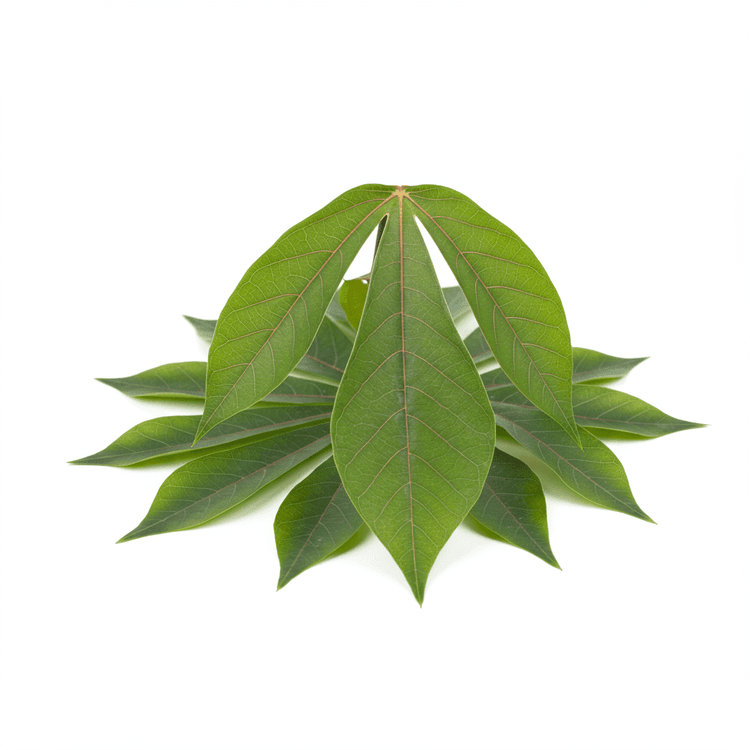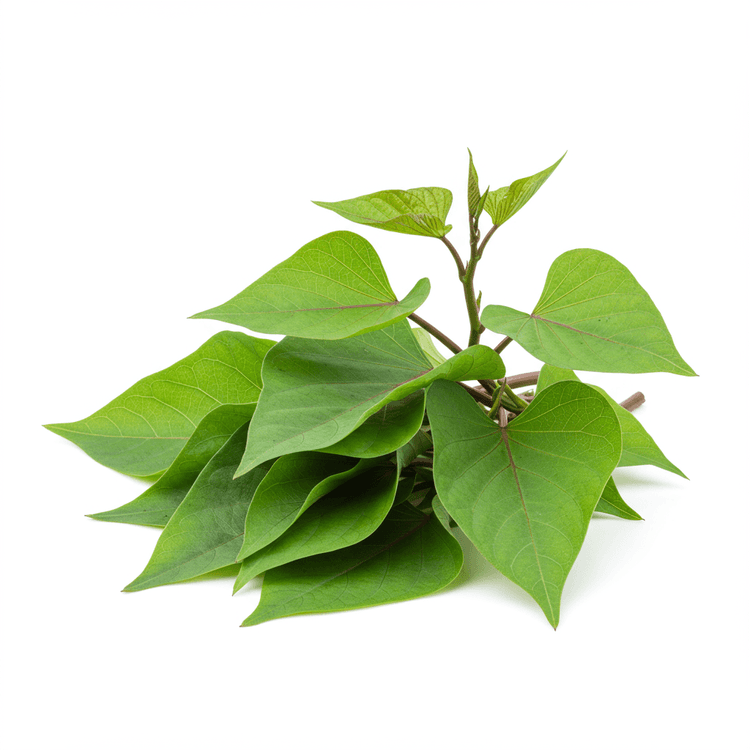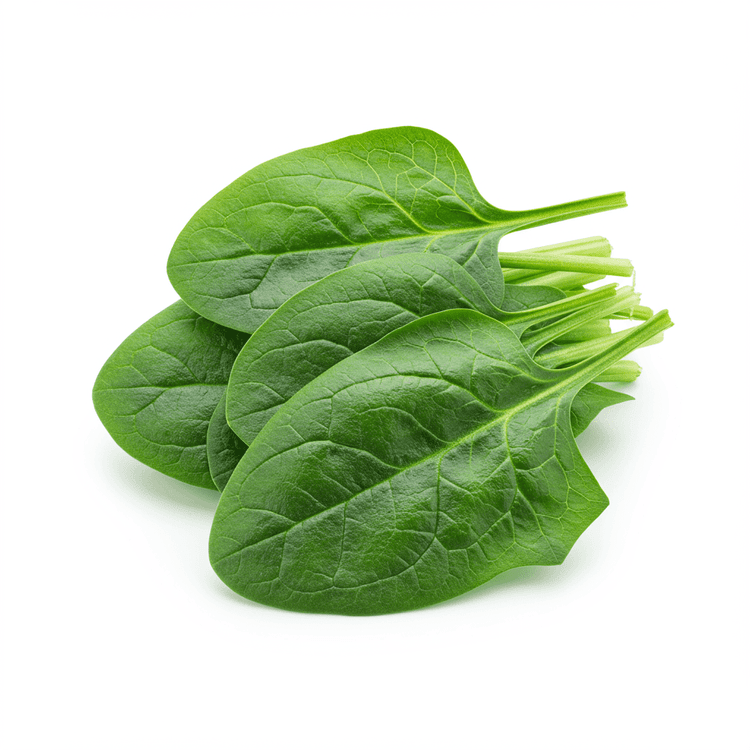
Cassava Leaf
Cassava leaves, also known as manioc leaves, are a leafy green vegetable harvested from the cassava plant. They offer a slightly bitter, earthy flavor that mellows with proper cooking. The leaves are a vibrant green, similar to spinach, and have a slightly coarse texture when raw. When cooked, they soften considerably, becoming tender and palatable. Discover the culinary versatility of cassava leaves, a nutritious and flavorful addition to various dishes. Many cooks wonder, "how to cook cassava leaves" and find their flavor and nutritional benefits well worth the preparation.
Common Uses
- Cassava leaves are frequently used in stews and soups, providing a hearty and nutritious element. To prepare them, the leaves are usually pounded or finely chopped before being added to the cooking pot, which reduces their bitterness.
- In some regional cuisines, cassava leaves are cooked with coconut milk and spices to create a rich and flavorful side dish. This method helps to temper the natural bitterness of the leaves, resulting in a well-balanced and delicious dish.
- Cassava leaves can be used as a wrap for other ingredients, similar to how grape leaves are used in some cuisines. This adds a unique earthy flavor to the filling.
- Ground cassava leaves are often added to sauces as a thickening agent and to impart a distinct flavor profile.
- Cassava leaves are sometimes boiled or steamed and then served as a simple side vegetable, often seasoned with salt, pepper, and a squeeze of lemon or lime juice. Careful preparation is needed to ensure that the flavor is appealing.
Nutrition (per serving)
Nutrition (per serving)
Calories
57.0kcal (2.85%)
Protein
3.7g (7.4%)
Carbs
8.9g (3.24%)
Sugars
1.5g (3%)
Healthy Fat
0.5g
Unhealthy Fat
0.2g
% Daily Value based on a 2000 calorie diet
Nutrition (per serving)
Calories
57.0kcal (2.85%)
Protein
3.7g (7.4%)
Carbs
8.9g (3.24%)
Sugars
1.5g (3%)
Healthy Fat
0.5g
Unhealthy Fat
0.2g
% Daily Value based on a 2000 calorie diet
Health Benefits
- Rich in vitamins A and C, supporting immune function and healthy vision.
- Contains essential amino acids, crucial for building and repairing body tissues.
- Good source of dietary fiber, aiding digestion and promoting gut health.
- Provides iron, which helps prevent anemia and supports energy levels.
- Offers antioxidants that combat free radicals, potentially reducing the risk of chronic diseases.
Substitutes
Chefadora AI is here.
Experience smarter, stress-free cooking.
Storage Tips
Cassava leaves are best used fresh. To store, wrap them loosely in a slightly damp paper towel and place them in a perforated plastic bag in the refrigerator. This can help them last for up to 2-3 days. If you have an abundance of leaves, blanching and freezing them is a good option for longer storage. To blanch, boil the leaves for a few minutes, then immediately cool them in ice water before freezing in airtight containers or freezer bags. Frozen cassava leaves can last for several months.
Marnirni-apinthi Building, Lot Fourteen,
North Terrace, Adelaide, South Australia, 5000
Australia




